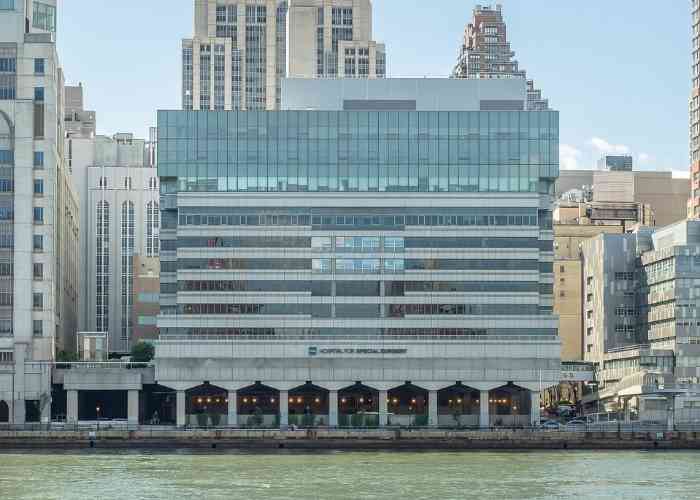What is an anterior cruciate ligament injury or ACL Disruption?
There are four elastic tissue bands (ligaments) located within and around the knee joint. The anterior cruciate ligament (ACL) travels diagonally through the center of the knee from the posterior femur (thigh bone) to the anterior (front) tibia. This ligament provides rotational stability as well as limiting forward movement of the tibia (shin bone). If the ACL is stretched beyond its limits, the tibia can slip from under the femur causing the ligament to tear. An ACL injury or disruption can result in a mild strain, from simply being stretched, to the ligament being completely torn. This type of injury can be caused by a direct blow to the knee, sudden stopping, pivoting with a firmly planted foot, or suddenly slowing down and changing direction. Because these actions are seen across several sports, an ACL injury is remarkably common among athletes. Dr. Answorth A. Allen, orthopedic knee specialist serving patients in Manhattan, New York City, Westchester, Long Island and surrounding areas, has the knowledge and understanding, as well as substantial experience in treating patients who have experienced an ACL injury.

Who is at risk for an ACL injury?
There are an estimated 100,000 to 200,000 anterior cruciate ligament injuries each year in the United States, roughly half of which are complete tears, also known as ruptures. An ACL injury is exceptionally prevalent among athletes of all ages and experience levels. However, there are a number of factors that can increase the likelihood of experiencing an ACL injury, as follows:
- Women are two to four times more likely to experience an ACL tear than men. The differences in anatomy, muscle strength, and hormonal influences may contribute to this.
- Wearing footwear that does not fit correctly or provides poor support.
- Poor conditioning, or using inadequately maintained sports equipment that is not adjusted properly.
- Artificial turf: More ACL injuries occur on fields lined with artificial turf than grassy surfaces.
What are the symptoms of an ACL injury?
Sudden and severe pain immediately following a knee injury is the most common complaint of an ACL injury. Other symptoms of an ACL injury include:
- A “popping” sound is often heard at the time of the injury
- Pain and tenderness along the joint line
- Decreased range of motion
- Difficulty or pain with weight-bearing
- Swelling and bruising of the affected knee
- Knee instability
How is an ACL injury or disruption diagnosed?
Dr. Allen will obtain a comprehensive medical history and inquire about the events leading up to the injury. He will also perform a thorough physical examination including an evaluation for areas of pain and assessing knee range of motion. Diagnostic imaging such as x-rays and magnetic resonance imaging (MRI) may be requested to confirm a diagnosis of ACL injury and identify any damage to other structures within the knee joint.
What is the treatment for an ACL injury?
Non-surgical treatment:
If a patient does not experience knee instability with an ACL injury, or the ACL is not required for sports or daily activities, conservative therapy may be enough to successfully heal an ACL injury. Avoiding weight-bearing with crutches and applying a knee brace can help the ligament heal properly. A combination of RICE (rest, ice, compression, elevation) and non-steroidal anti-inflammatory medications can be used for pain management and reduce swelling associated with this injury. When the pain and swelling have dissipated, a physical rehabilitation program aimed at restoring muscle strength and range of motion may also be recommended.
Surgical treatment:
In the event of a more severe or complex tear of the ACL, or if conservative therapy is unsuccessful, an arthroscopic ACL reconstruction may be necessary to restabilize the knee joint. This minimally invasive procedure involves a small camera (arthroscope) to visualize the muscles, tendons, and ligaments of the knee joint. Dr. Allen uses specialized surgical instruments to excise the damaged fragments of the ACL that are replaced with a tissue graft, either from the patient (autograft) or donor tissue (allograft). This arthroscopic procedure provides a shorter recovery period for patients to return to their normal daily activities.
ACL Injury Specialist

Are you an athlete that participates in frequent twisting or sudden stopping? Actions such as these can cause injury or tears to the ACL. These injuries are very common and can cause pain, decreased range of motion, and instability. Complex knee specialist Doctor Answorth Allen is experienced in diagnosing and treating patients in Manhattan, New York City, Westchester, Long Island and surrounding areas who have sustained an ACL injury. Contact Dr. Allen’s team today!






